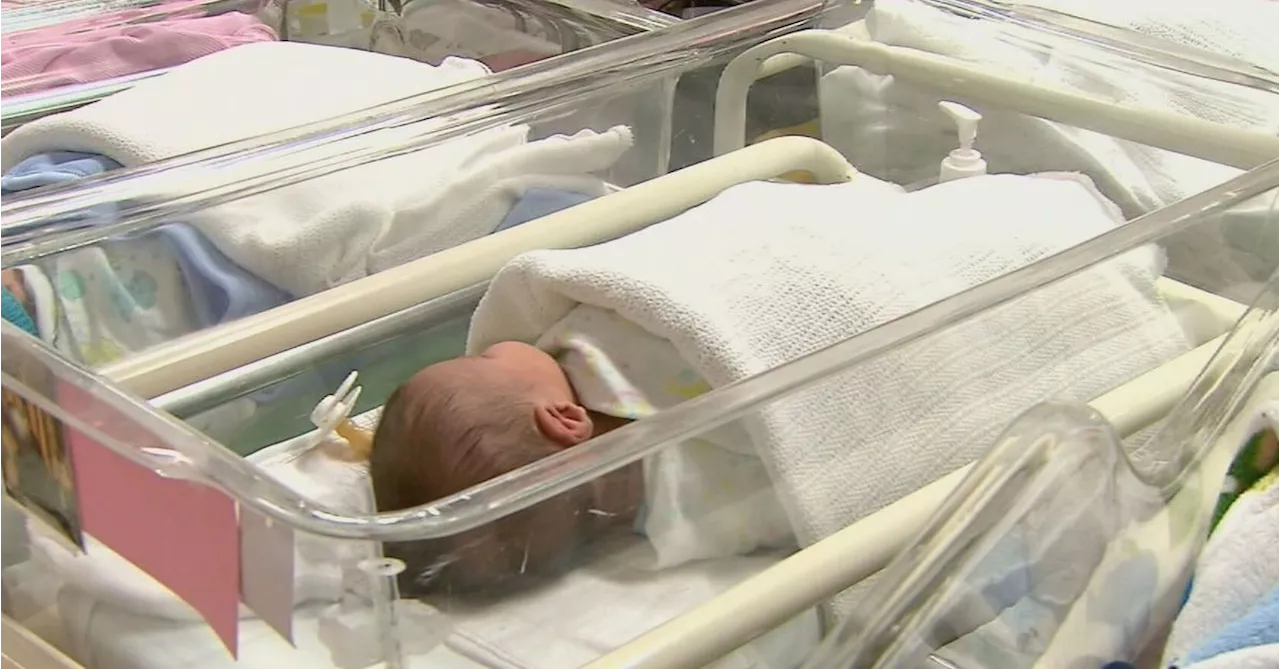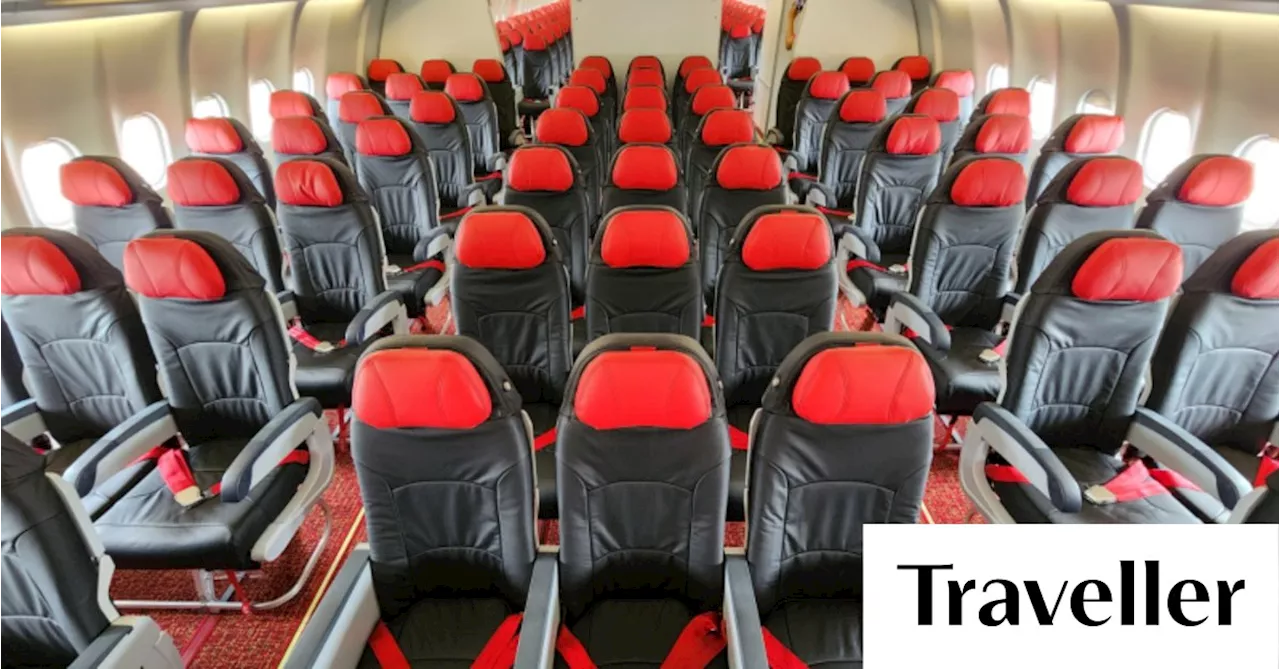Explore the best low-cost airlines in Asia for budget-conscious travelers. From established names to emerging players, this guide covers carriers offering cheap fares, extensive networks, and value-for-money options.
Want to maximise your budget on regional travel in Asia? Jetstar Asia and AirAsia are well known, but there are other low-cost carriers to consider. Based since 2003 in Sharjah emirate 30 minutes from Dubai, this is the largest budget carrier in the Middle East and has good connections with Etihad Airways thanks to a share-code agreement. Fares are low providing you resist add-ons such as meals and seat choices, though stowed baggage is additional.
The company flies over 200 routes, mainly in India, the Middle East and Central Asia, but also as far afield as Southeast Asia, Europe and Morocco. \See Keep an eye on this Cathay Pacific subsidiary, which took to the skies in 2005. The route network is relatively small – China, Japan, Malaysia, Philippines, South Korea, Taiwan, Thailand and Vietnam from its Hong Kong base – but rapidly expanding. Destinations such as Bangkok, Beijing, Phuket and trendy Vietnam island Phu Quoc were added this year. Don’t expect frills or sharp service, but HK Express is safe, reliable, and ranks first among Asian low-cost carriers for on-time departures. \See This Hanoi-based airline, launched in 2011, celebrated its 200-millionth passenger this year. Along with subsidiary Vietjet Thailand, it flies to many Asian cities and to Brisbane, Melbourne and Sydney, and aims to expand into Europe. It has a big domestic network across Vietnam and Thailand. Economy fares are a great deal, Sky Boss premium fares not so much, since you get the same narrow, uncomfortable seats with just a few perks. \See India doesn’t have true low-cost carriers, as airlines must compete with Air India’s already low fares. Cash-strapped SpiceJet is struggling. IndiGo, however, has become the country’s largest airline since its founding in 2006, operating over 2000 flights daily to 88 domestic and 34 international destinations, including many European cities. It has a fleet of 382 aircraft and is based in Delhi. Baggage is included; weight varies with destination. The airline has just launched its business class, IndiGo Stretch, on select routes. \See This Shanghai-based airline, created in 2005, flies domestically in China and Japan and operates over 40 international routes to Japan, Hong Kong, South Korea, Southeast Asia and Taiwan. It claims to have fares 30 per cent lower than other airlines on the same routes, but beware taxes and baggage fees, including for excess-sized carry-ons. It launches regular spot sales at super-low prices, but high Chinese demand sees them sell out in an eye’s blink. \See Japan hasn’t fared well in the low-cost game, with start-ups often being bought out by major airlines. Those that survive aren’t rock-bottom cheap even during promotional sales but, given the sharp rise in the price of train tickets, worth considering for domestic travel. The largest low-cost airline Peach started in 2011 and is based in Osaka. On top of its 17 domestic destinations, it flies to Bangkok, Hong Kong, Kaohsiung, Seoul, Shanghai and Taipei. \See Scoot, owned by Singapore Airlines and airborne since 2012, flies from Melbourne, Sydney and Perth to over 60 destinations in Asia via its base in Singapore, and has dared to venture into long-haul flights to Athens and Berlin. Regarded as reliable, safe and clean but otherwise basic, it will suit those with youthful endurance and an eye for a bargain fare. Long stopovers might be an issue if you’re after connecting flights. \See If you want to get around Indonesia, Malaysia and Singapore then this Garuda-owned airline has plenty of options, and flies to a few other Asian cities, plus Melbourne and Perth. It began in 2001 and is based at Jakarta and Surabaya airports. Twenty kilos of baggage are included in fares, seating is all economy, and everything else is added on. Citilink ranks well for value and service, and is rated four stars by Skytrax. \See The Philippines’ largest airline by passenger number was an early starter on Asia’s low-cost scene, launching in 1988. It flies to Melbourne and Sydney and across eastern and Southeast Asia plus Dubai, and has a large domestic network. Its jaunty yellow livery is matched by the jaunty energy of its crew – you might even expect an on-board game and prize giveaways – although service isn’t as good on the ground. Domestic flights can be plagued by delays. \See Since commencing in 2009 this airline has built up a network of 125 destinations in 58 countries across Asia, Africa and Europe, and carried more than 100 million passengers. It isn’t owned by Emirates but works closely with it – you can check baggage through from Australia – and flies to many cities that Emirates doesn’t service. That and its pricing make it attractive, although Flydubai often gets brickbats for delayed departures, poor service, and tight legroom.
LOW-COST AIRLINES ASIA TRAVEL BUDGET TRAVEL AIRLINES GUIDE VALUE AIRFARES
United States Latest News, United States Headlines
Similar News:You can also read news stories similar to this one that we have collected from other news sources.
 Chinese AI Startup DeepSeek Rocks Markets with Low-Cost ModelA newly launched Chinese AI model, R1, developed by DeepSeek, has sent shockwaves through global markets due to its impressive capabilities achieved at a fraction of the cost of leading US AI models. The revelation has sparked concerns about the dominance of American tech giants and prompted a reevaluation of investments in the AI sector.
Chinese AI Startup DeepSeek Rocks Markets with Low-Cost ModelA newly launched Chinese AI model, R1, developed by DeepSeek, has sent shockwaves through global markets due to its impressive capabilities achieved at a fraction of the cost of leading US AI models. The revelation has sparked concerns about the dominance of American tech giants and prompted a reevaluation of investments in the AI sector.
Read more »
 Chinese AI Startup DeepSeek Stuns World with Low-Cost, Powerful ModelDeepSeek, a year-old Chinese startup, has released DeepSeek R1, an AI model that rivals OpenAI's GPT-4 and Meta's Llama in capability but at a fraction of the cost. Developed for just $5.6 million, R1 operates on less powerful chips than its Western counterparts, challenging the notion that expensive hardware is essential for high-performance AI.
Chinese AI Startup DeepSeek Stuns World with Low-Cost, Powerful ModelDeepSeek, a year-old Chinese startup, has released DeepSeek R1, an AI model that rivals OpenAI's GPT-4 and Meta's Llama in capability but at a fraction of the cost. Developed for just $5.6 million, R1 operates on less powerful chips than its Western counterparts, challenging the notion that expensive hardware is essential for high-performance AI.
Read more »
 DeepSeek: China's Low-Cost AI Chatbot Raises ConcernsDeepSeek, a low-cost AI chatbot developed in China, has taken the tech world by storm with its performance rivaling established platforms like ChatGPT. While hailed as a potential breakthrough in AI innovation, DeepSeek has also sparked concerns about data privacy, censorship, and the potential for misuse by the Chinese government.
DeepSeek: China's Low-Cost AI Chatbot Raises ConcernsDeepSeek, a low-cost AI chatbot developed in China, has taken the tech world by storm with its performance rivaling established platforms like ChatGPT. While hailed as a potential breakthrough in AI innovation, DeepSeek has also sparked concerns about data privacy, censorship, and the potential for misuse by the Chinese government.
Read more »
 WA's baby drought hits 17-year low as cost-of-living crisis bitesWestern Australia&x27;s birth rate has plummeted to a 17-year low, sparking urgent calls for effective solutions to address the "baby drought".
WA's baby drought hits 17-year low as cost-of-living crisis bitesWestern Australia&x27;s birth rate has plummeted to a 17-year low, sparking urgent calls for effective solutions to address the "baby drought".
Read more »
 Insurance cost of Los Angeles wildfires may be felt in AustraliaThe Los Angeles fires are shaping up to be one of the most expensive disasters in US history, and due to the global nature of the insurance industry, the costs may be felt in Australia.
Insurance cost of Los Angeles wildfires may be felt in AustraliaThe Los Angeles fires are shaping up to be one of the most expensive disasters in US history, and due to the global nature of the insurance industry, the costs may be felt in Australia.
Read more »
 Reproductive Leave for All Australian Workers Would Cost 30 Times Less Than Not Having ItNew research commissioned by Australian unions and a superannuation fund reveals that providing 12 days of reproductive leave to all Australian workers would cost approximately 30 times less than the current economic burden of not having it. The report estimates that Australia's lack of such an entitlement costs the economy up to $26.55 billion annually due to absenteeism, reduced productivity, and medical expenses. Conversely, implementing universal reproductive leave would cost an estimated $920 million per year.
Reproductive Leave for All Australian Workers Would Cost 30 Times Less Than Not Having ItNew research commissioned by Australian unions and a superannuation fund reveals that providing 12 days of reproductive leave to all Australian workers would cost approximately 30 times less than the current economic burden of not having it. The report estimates that Australia's lack of such an entitlement costs the economy up to $26.55 billion annually due to absenteeism, reduced productivity, and medical expenses. Conversely, implementing universal reproductive leave would cost an estimated $920 million per year.
Read more »
